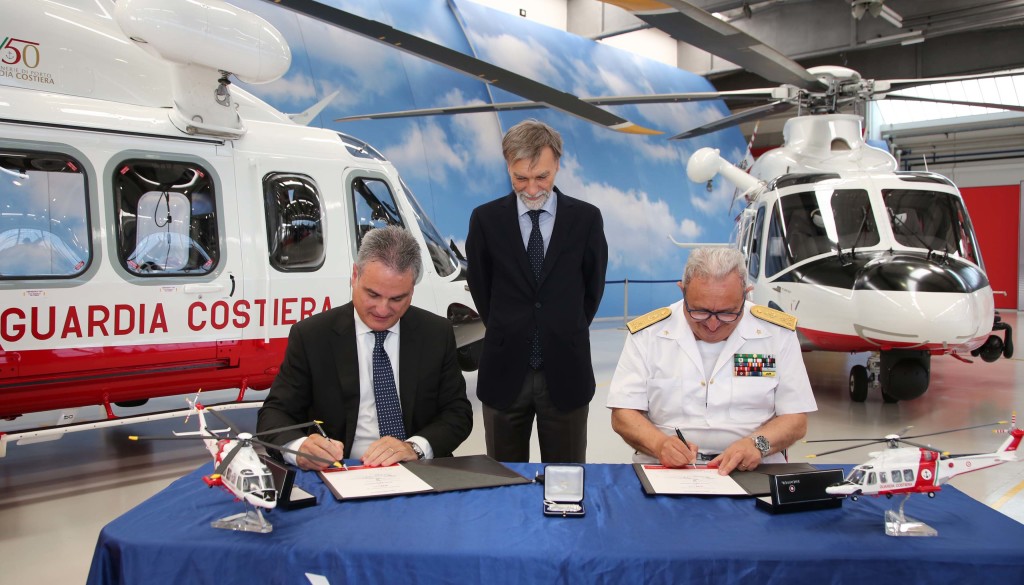
MONTREAL, QUEBEC–(Marketwired – 6 juillet 2015) – Bombardier a annoncé qu’elle avait reçu la certification de type de ses avions Challenger 300 et Challenger 350 de l’Unidad Administrativa Especial de Aviación Civil (UAEAC) de Colombie, l’autorité de l’aviation civile de ce pays.
“Notre portefeuille d’avions Challenger connaît un solide élan en Amérique latine”, a déclaré Stéphane Leroy, vice-président régional des Ventes en Amérique latine de Bombardier Avions d’affaires. “La Colombie étant un marché en plein essor dans la région, nous sommes tout naturellement fiers de cette étape de certification marquante qui permettra aux exploitants de toute la région de vivre l’expérience de notre avion Challenger et nous permettre de générer un intérêt accru pour ces biréacteurs d’affaires novateurs et éprouvés.”
Cette nouvelle certification vient renforcer la position de chef de file des avions Challenger 300 et Challenger 350 dans la flotte grandissante des avions d’affaires de catégorie intermédiaire qui opèrent dans la région. Avec des performances accrues, une fiabilité optimale et une valeur inégalée, les avions Challenger 300 et Challenger 350 ont un brillant avenir. L’Amérique latine demeure un facteur clé de la croissance future sur le marché des avions d’affaires; en effet, dans ses prévisions de marché, Bombardier estime que 850 avions devraient être livrés dans la région d’ici 2024. Avec plus de 1 900 appareils dans la région, Bombardier est actuellement le chef de file en termes de parts de marché.
Avion Challenger 300 : Le fiable biréacteur Challenger 300 offre une véritable autonomie transcontinentale et une vitesse de croisière optimale supérieure, avec de huit à dix passagers à bord. Grâce à une autonomie de 3 065 milles marins (5 646 km), il peut relier Toronto à Bogotá sans escale et ses performances supérieures sur piste lui permettent d’atterrir et de décoller facilement de pistes à 5 000 pi (1 524 m) d’altitude(i). Le biréacteur Challenger 300 dépasse les attentes des clients depuis son entrée en service en 2004.
Avion Challenger 350 : Bénéficiant de l’héritage légendaire du biréacteur Challenger 300, produit phare de son segment, le très fiable Challenger 350 est doté de systèmes avioniques de dernière génération. De plus, il présente la cabine la plus évoluée de son segment de marché, qui maximise l’éclairage naturel et redéfinit l’interface entre l’être humain et la machine, tout en maintenant des caractéristiques de performance devenues synonymes de la gamme d’avions Challenger. Ce biréacteur offre des performances emblématiques de sa catégorie, ainsi qu’une autonomie à pleine charge (passagers et carburant) de 3 200 milles marins (5 926 km), permettant de relier Bogotá à Montevideo sans escale(i).
Three more units delivered and contract signed for two more aircraft
Finmeccanica-AgustaWestland announced today a major milestone in the modernization of the Italian Coast Guard’s helicopter fleet, with the delivery of three further AW139 intermediate twin aircraft and an order for two more aircraft. The delivery ceremony was attended by Italian Minister of Infrastructure and Transport, Graziano Delrio; Chief of Italian Coast Guard, Felicio Angrisano and AgustaWestland senior management.
The AW139s will be used to perform a range of missions including maritime patrol, search and rescue (SAR), and emergency medical services. The latest order also includes a comprehensive support and training package and options for four additional helicopters.
The AW139 was selected by the customer following a European Tender launched in August 2014. The main contract was awarded at the end of 2014 with the AW139 proving to be the best solution to meet the Italian Coast Guard’s stringent requirements.
Delivery of the first batch of Italian Coast Guard’s AW139s started in 2010 and since entering service they have proved extremely successful, performing operations along the Italian coast line and in its maritime economic exclusive zone.
The Italian Coast Guard’s AW139s feature a wide range of SAR equipment including an external rescue hoist, cargo hook, wire strike protection system, search/weather radar, marine band and satellite communication systems, high definition Forward Looking Infra-Red / Low Light TV (FLIR/LLTV) system, high definition mission console, Optical Proximity LiDAR System (OPLS), full Night Vision Goggle (NVG) capability, new generation Trakka searchlight, emergency floatation system and external life rafts. The AW139 design incorporates a large spacious cabin for the crew, equipment and survivors accessed by two large sliding doors.
Powerful engines and class leading performance and safety, make it the aircraft of choice for SAR in its weight class. Excellent one engine inoperative capability ensures the aircraft can safely accomplish the most demanding rescue missions. The cockpit features the latest technology including fully integrated avionics, a 4-axis digital Automatic Flight Control System with dedicated SAR modes and large flat panel colour displays – reducing pilot workload and allowing the crew to concentrate on the rescue.
The AW139 has also been selected by and is in service with the Italian State Police, Guardia di Finanza (Customs and Border protection) and the Italian Air Force. The various Italian Government agencies operating the AW139 are able to benefit from shared logistics, training and support systems.
This latest contract signed by the Italian Coast Guard brings the total number of AW139s chosen by all of these Italian government operators to 37, covering a wide scope of public utility roles including law enforcement and homeland security, patrol, special operations, search and rescue, command and control, government/VVIP transport, disaster relief and training.
Many maritime, border patrol and security agencies from countries around the world, including Italy, Japan, Republic of Korea, Malaysia, the UK, USA, Sweden, Spain, Estonia, UAE, to name a few have selected or are already operating the AW139 to fulfil their requirements.
Approximately 900 orders have been placed by more than 220 customers from nearly 70 nations to date with more than 730 units already in service, making it the benchmark helicopter in its category for a wide range of roles including EMS/SAR, maritime patrol, law enforcement, fire fighting, offshore transport, VIP/corporate transport and other government duties.
Daphné Savard occupe le poste d’administratrice du site ou webmestre ainsi que celui de responsable des relations avec les annonceurs et les lecteurs.
Commentaires